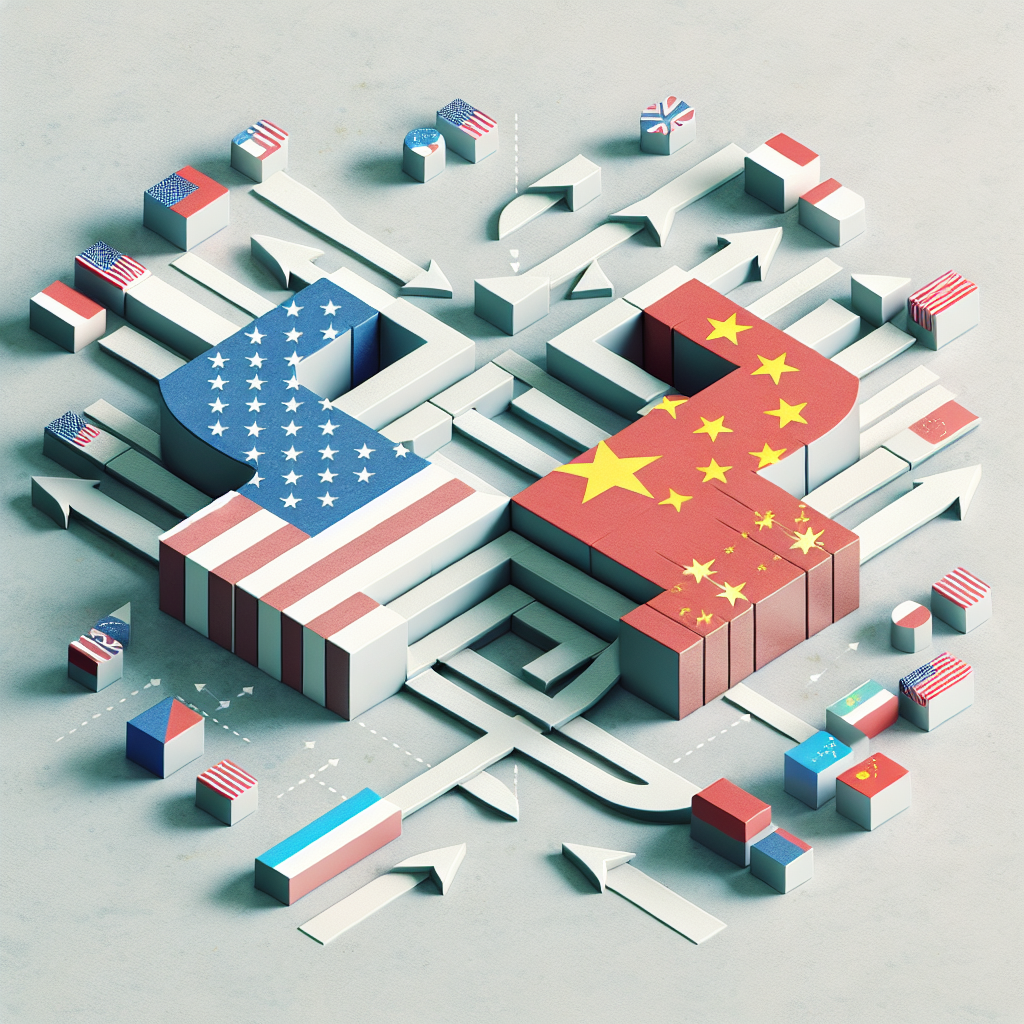Will Nations Have to Choose Sides in the US-China Trade Conflict?
Will Nations Have to Choose Sides in the US-China Trade Conflict?
Introduction
The escalating trade tensions between the United States and China have created a complex global economic landscape. As these two superpowers vie for dominance, other nations may find themselves in a precarious position, potentially having to choose sides in this economic tug-of-war.
The Global Impact of US-China Trade Tensions
The trade conflict between the US and China is not just a bilateral issue; it has far-reaching implications for the global economy. Key areas of impact include:
- Supply Chains: Disruptions in global supply chains as companies reconsider their manufacturing and sourcing strategies.
- Market Volatility: Increased market volatility as investors react to trade policy changes and economic uncertainty.
- Economic Growth: Potential slowdown in global economic growth due to reduced trade flows and investment.
Pressure on Nations to Align
Countries around the world are facing pressure to align with either the US or China, driven by economic, political, and strategic considerations. Factors influencing their decisions include:
- Economic Dependencies: Nations with strong economic ties to either the US or China may feel compelled to support their key trading partner.
- Geopolitical Alliances: Existing geopolitical alliances and security agreements may influence a country’s stance in the trade conflict.
- Domestic Interests: Internal political and economic interests can shape a nation’s approach to the US-China trade tensions.
Strategies for Navigating the Conflict
To avoid being caught in the crossfire, some countries are adopting strategies to maintain neutrality or balance their relationships with both superpowers. These strategies include:
- Diversification: Diversifying trade partners and investment sources to reduce reliance on either the US or China.
- Multilateral Engagement: Strengthening ties with regional and international organizations to foster collective economic resilience.
- Diplomatic Negotiations: Engaging in diplomatic efforts to mediate and de-escalate tensions between the US and China.
Conclusion
The US-China trade conflict presents a significant challenge for nations worldwide, as they navigate the complexities of aligning with one of the two economic giants. While some may choose sides based on economic or geopolitical factors, others are seeking strategies to remain neutral and protect their own interests. Ultimately, the outcome of this conflict will shape the future of global trade and economic relations.








































